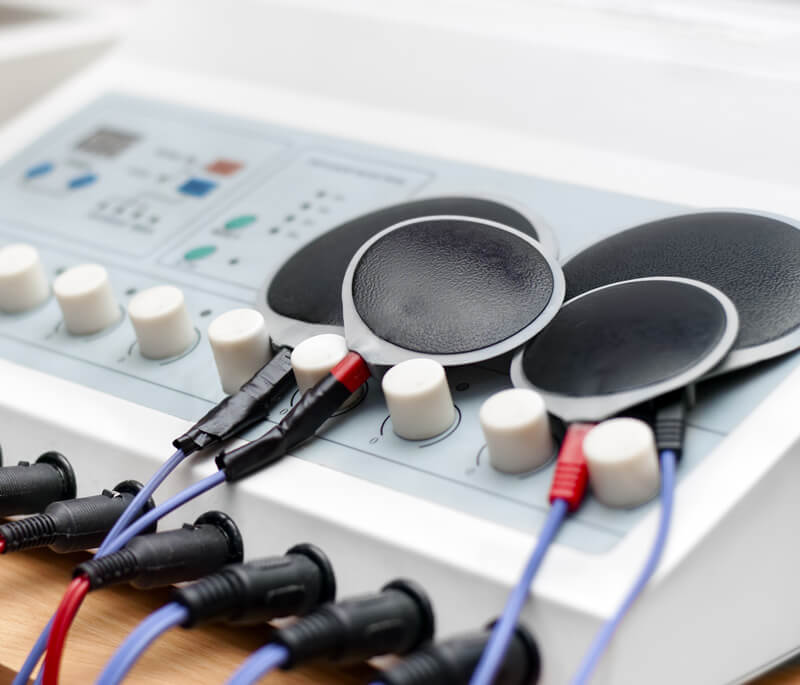ECT is a safe and effective treatment option for reducing symptoms of severe mental illness. During treatment, brain waves are carefully monitored using an electroencephalogram (EEG), which records the electrical activity in your brain.
This helps the provider administering treatment to ensure that only the lowest effective amount of electricity is used on the patient. The dosage is individualized for each patient and always within the safe range.
Unfortunately, a lot of misinformation about ECT abounds due to continued misrepresentation of the procedure in popular culture - through movies and TV. For a layperson who may have information about ECT only from what is viewed in the media, ECT can seem like a frightening proposition.
However, ECT is registered as an extremely safe and effective procedure within the medical community. In fact, in some cases ECT is considered safer than antidepressant or antipsychotic medication for some patients who are elderly, pregnant, or breastfeeding
While ECT can be very effective for patients with severe mental illness. To prevent symptoms from recurring, most patients will be advised to continue with some type of maintenance treatment. This can include medication, talk therapy, or ongoing, less frequent ECT treatments (in specific cases).




